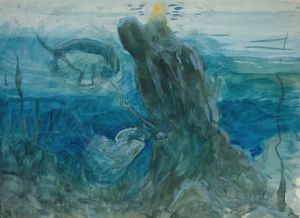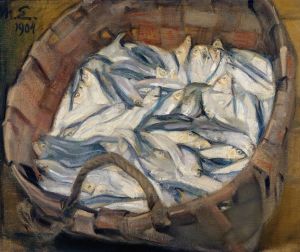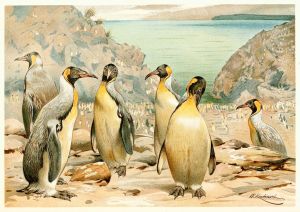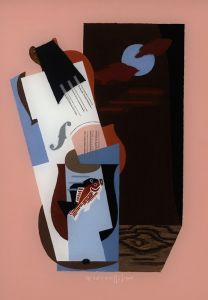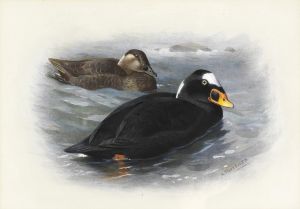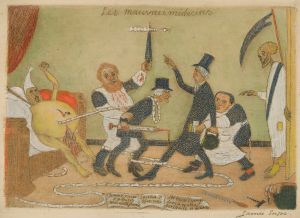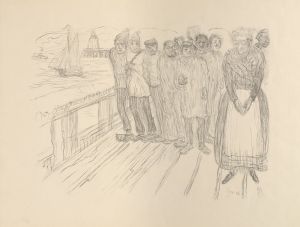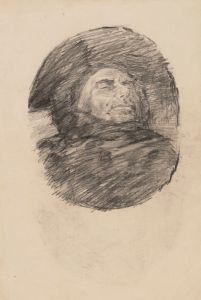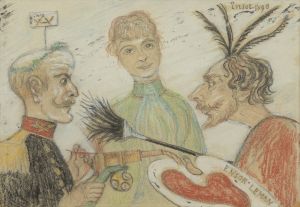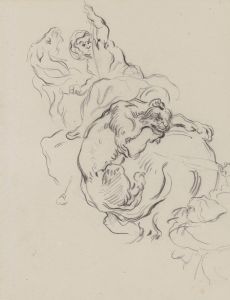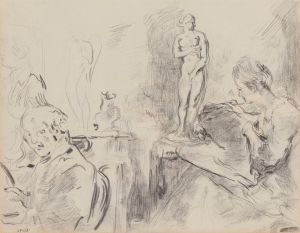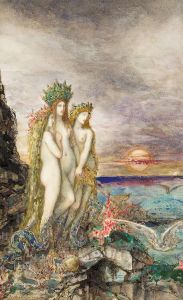
The Painter Jan Asselijn or ‘Crabbetje’
A hand-painted replica of James Ensor’s masterpiece The Painter Jan Asselijn or ‘Crabbetje’, meticulously crafted by professional artists to capture the true essence of the original. Each piece is created with museum-quality canvas and rare mineral pigments, carefully painted by experienced artists with delicate brushstrokes and rich, layered colors to perfectly recreate the texture of the original artwork. Unlike machine-printed reproductions, this hand-painted version brings the painting to life, infused with the artist’s emotions and skill in every stroke. Whether for personal collection or home decoration, it instantly elevates the artistic atmosphere of any space.
James Ensor, a prominent Belgian painter known for his avant-garde style and unique subject matter, created the painting titled "The Painter Jan Asselijn or ‘Crabbetje’" in 1880. Ensor, born in 1860 in Ostend, Belgium, was a key figure in the Symbolist movement and later became associated with the Expressionist movement. His work often featured fantastical elements, grotesque figures, and a vivid use of color, reflecting his interest in the macabre and the absurd.
"The Painter Jan Asselijn or ‘Crabbetje’" is one of Ensor's early works, created during a period when he was exploring various artistic influences and developing his distinctive style. Jan Asselijn was a 17th-century Dutch painter known for his landscapes and animal paintings. However, the connection between Ensor's painting and Asselijn is not explicitly clear, as Ensor often used historical or fictional figures in his work to convey deeper symbolic meanings or to critique contemporary society.
Ensor's painting style during this period was characterized by a detailed and realistic approach, which he later abandoned for a more expressive and abstract technique. In "The Painter Jan Asselijn or ‘Crabbetje’," Ensor may have been experimenting with traditional portraiture, while infusing it with his burgeoning interest in symbolism and narrative complexity.
The title "Crabbetje" translates to "little crab" in Dutch, which could suggest a playful or ironic element within the painting. Ensor was known for his satirical and often humorous approach to art, frequently incorporating animals and fantastical creatures into his compositions. This whimsical aspect of his work is evident in many of his later, more famous pieces, such as "The Entry of Christ into Brussels in 1889."
Ensor's early works, including "The Painter Jan Asselijn or ‘Crabbetje’," were not widely recognized during his lifetime. It was only later in his career that he gained significant acclaim, particularly after his retrospective exhibition in 1929 at the Palais des Beaux-Arts in Brussels. Today, Ensor is celebrated as a pioneer of modern art, whose innovative techniques and imaginative subject matter influenced numerous artists and movements in the 20th century.
While specific details about "The Painter Jan Asselijn or ‘Crabbetje’" are limited, the painting is an important part of Ensor's oeuvre, reflecting his early artistic explorations and the foundational elements that would define his later work. Ensor's legacy is preserved in numerous museums and collections worldwide, with his paintings continuing to captivate audiences with their bold colors, intricate details, and thought-provoking themes.





